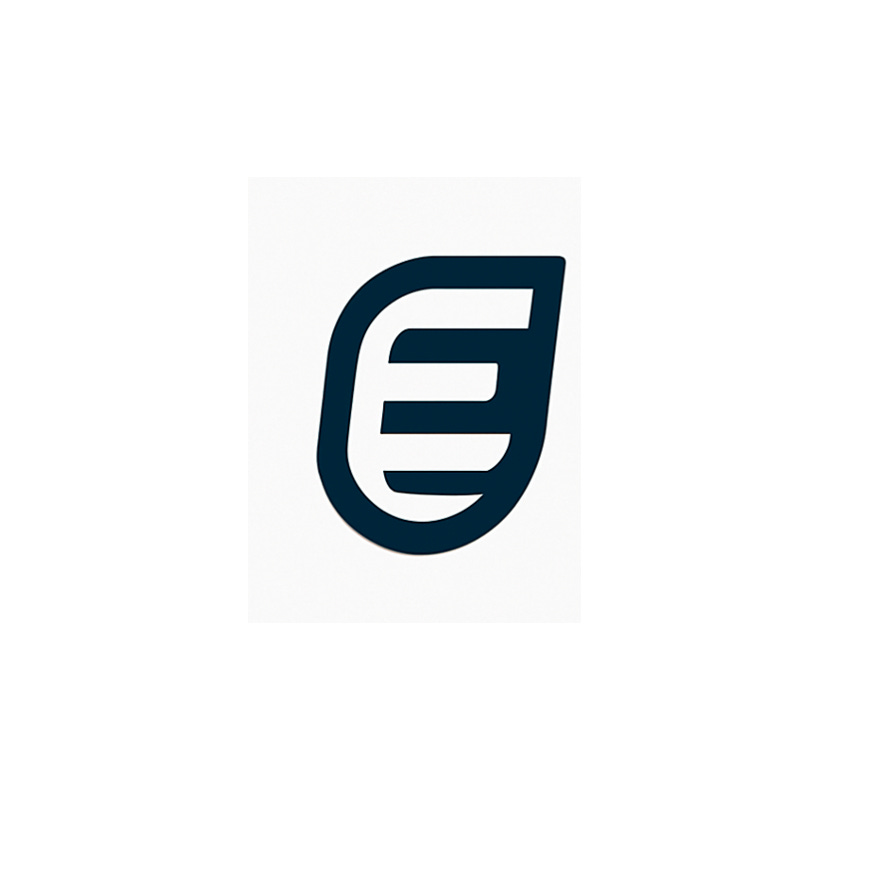Coral Protocol’s Multi-Agent AI Outshines Microsoft’s Magnetic-UI
A major shift in artificial intelligence research is underway—and it has nothing to do with building bigger models. London-based Coral Protocol has propelled itself into the spotlight, publicly surpassing Microsoft’s Magnetic-UI by a staggering 34% on the GAIA Benchmark, the industry gold standard for real-world AI reasoning as of August 2025.
The Multi-Agent Approach: Doing More with Less
Instead of pouring resources into ever-larger neural networks, Coral’s technology focuses on orchestrating many smaller, specialized agents that collaborate across complex tasks. Think of it as assembling a smart team: rather than expecting one expert to do everything, you let specialists handle what they do best.
Coral’s GAIA Agent System draws inspiration from the CAMEL OWL framework. It uses independent agents for tasks like answer retrieval, data analysis, critique, planning, search, image and video processing. These agents interact through Coral’s Model Context Protocol (MCP), a secure, graph-based system that enables them to work in parallel. For example, one agent might identify nuanced insights in an image while another researches expert commentary—all reporting their findings back to the group for synthesis.
Real-World Impact: Benchmark Results
This multi-agent system not only earned the highest score among “mini-model agents” on the GAIA Benchmark’s 450-question test, but it also demonstrated that smaller coordinated models can outperform larger, monolithic ones on practical, tough challenges. Coral’s CTO, Caelum Forder, summed it up: “This breakthrough marks a turning point in AI infrastructure. It's proof that horizontal scaling isn't just possible—it’s practical.”
Lower Costs and Broader Access
The implications extend beyond raw performance. Carpentry with a team of specialists, as opposed to a single overworked genius, makes everything from cost to security more manageable. Coral claims that their approach can slash operating costs by 10–30 times compared to traditional large language models, and it allows for AI deployments at the network’s edge—meaning you can keep data private and response times snappy.
Big Picture: Industry Trends
Coral’s breakthrough fits into a broader trend highlighted by NVIDIA and other industry leaders: the future of AI lies in smaller, smarter models that collaborate, not in endlessly scaling massive networks. This paradigm shift comes just as Microsoft’s own Magnetic-UI, announced at Build 2025, put forward a vision of web agents designed for close human interaction. Magnetic-UI scored 42.52% on the GAIA test set—a strong showing for one tech giant, but now clearly overshadowed by Coral’s multi-agent leap.
Coral envisions its technology as the backbone for “The Internet of Agents,” where smart, decentralized tools work together—autonomously but safely—across applications and devices. For businesses and individuals alike, this could mean faster, cheaper, and more secure AI deployed directly where you need it, without massive infrastructure overhead.
If you’re following the AI field, Coral Protocol’s rise is a sign to watch. The age of endlessly growing single-model AI may be giving way to coordinated, multi-agent systems that do more with less—and do it better.
References:
Coral Protocol announcement on GAIA Benchmark results
Reports from Build 2025 on Microsoft’s Magnetic-UI
NVIDIA commentary on the trend toward smaller model orchestration
Join us


